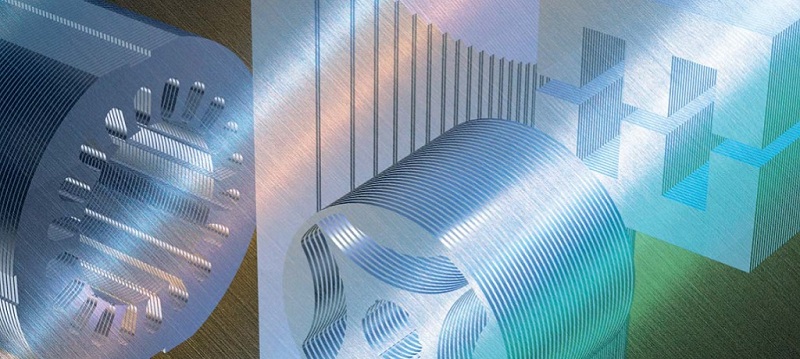
Commonly used motor iron core is generally made of electrical steel sheet. electrical steel is a kind of silicon steel. The iron core of the transformer made of electrical steel is because electrical steel itself is a magnetic substance with strong magnetic permeability. In the energized coil, it can have a large magnetic induction intensity, so as to reduce the volume of the transformer.
The actual transformer always operates in the AC state, and the power loss occurs not only in the resistance of the coil, but also in the core under the alternating current magnetization. Usually the power loss in the iron core is called "iron loss", and the iron loss is caused by two reasons, one is "hysteresis loss" and the other is "eddy current loss". Hysteresis loss is the iron loss caused by the existence of hysteresis phenomenon in the process of magnetization of the iron core, and the size of this loss is proportional to the size of the area surrounded by the hysteresis loop of the data. The hysteresis loop of electrical steel is small, and the hysteresis loss of transformer core with it is small, which can greatly reduce its heating degree.

The motor stator is made of electrical steel sheet stacked, generally using welding method, in the stacked stator outer circle along the axial welding of several welds, you can firmly connect the electrical steel sheet together, so that not only the process is simple, but also the insulation resistance between the stator electrical steel sheet increases, the effective magnetic permeability section increases, thereby improving the quality of the motor. Traditional manual arc welding is rarely used because of low arc heat, large heat-affected zone, non-smooth weld, inability to realize automation and low efficiency. Argon tungsten arc welding is widely used because of stable arc length, good arc elasticity, no filler metal, easy control of welding parameters, smooth and smooth weld, no splash and other factors. However, due to the high silicon content of electrical steel sheet, it is poor weldability, easy to crack after welding, and difficult to weld. So in recent years, the use of laser welding has become a very promising alternative.
The advantages of precision laser welding machine welding are reflected in high precision, simple operation, low requirements for personnel, high product consistency, and guaranteed quality. The weld has high depth-to-width ratio, small heat-affected area, small deformation, and little influence on the properties of the material itself. The weld temperature is low, the welding speed is fast, the weld has no carbonization phenomenon, the weld toughness is high, and it is not easy to break.
Xiaomi's car drive motor uses oriented silicon steel for the first time
2024-04-01Punching technical requirements for iron core
2024-01-04Comparison between stainless steel cuts
2024-06-06Research and Market Outlook of Environmentally Friendly Core Materials
2024-12-19What Role do Laminations Play in Electric Motors and Generators?
2023-01-31Do you know the stainless steel water pattern sheet?
2022-11-09






